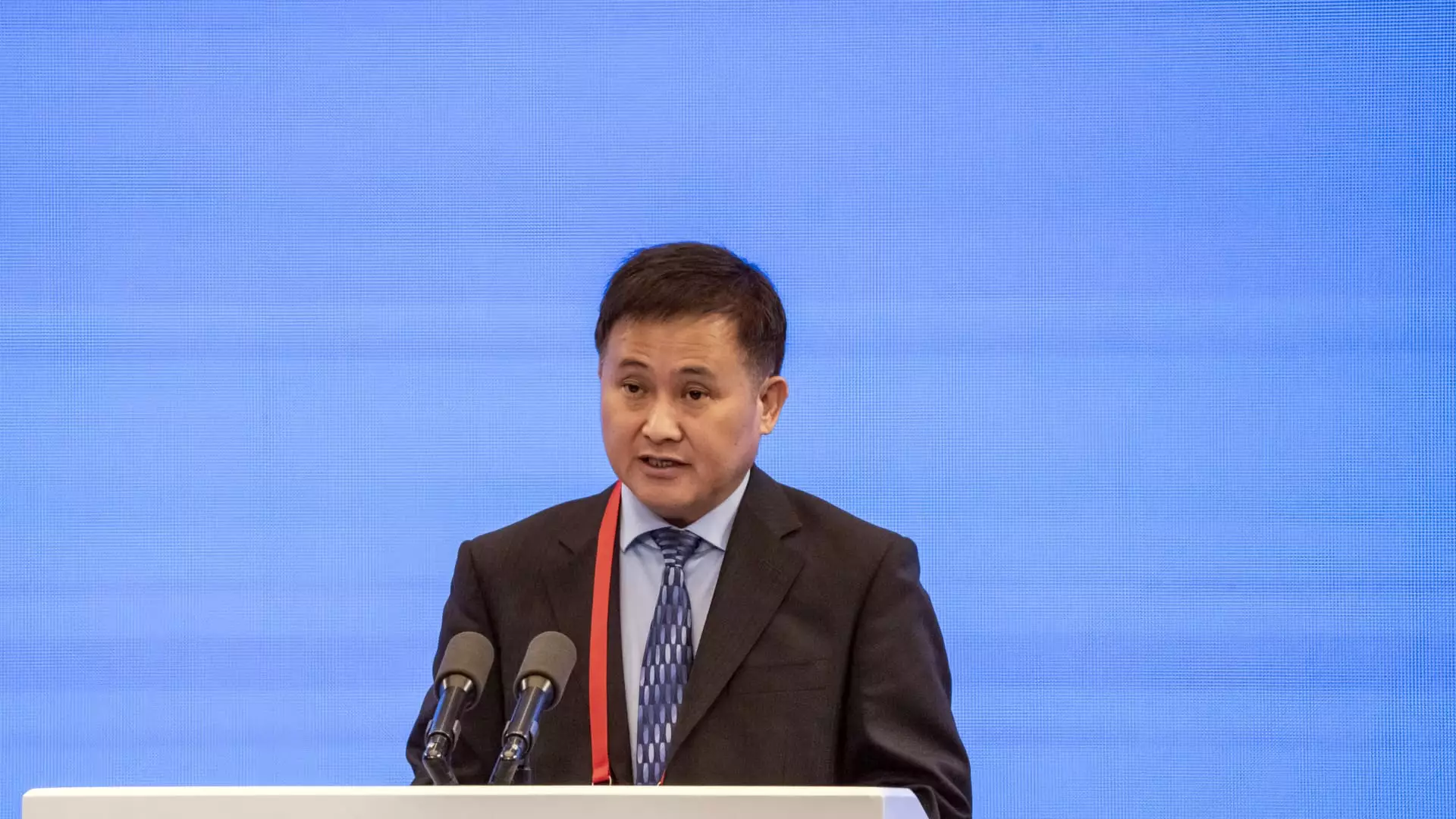In recent interviews with state media, People’s Bank of China Governor Pan Gongsheng expressed that China’s financial risks have seen a decline, particularly in relation to local government debt. He mentioned that the central bank is collaborating with the Ministry of Finance to ensure that China meets its growth targets for the year. Pan emphasized that monetary policy would continue to provide support to the economy. This shift towards reducing financial risks comes amidst increasing concerns about the high levels of debt in the real estate sector, which is closely linked to local government finances.
One of the key areas of focus in managing China’s financial risks is the reduction of debt from local government financing platforms. These vehicles were established to facilitate local authorities in funding various projects when direct borrowing was challenging. However, the ease of obtaining financing from shadow banking led to inadequate oversight and indiscriminate funding, resulting in a significant debt burden for these platforms. Despite some progress over the past year in addressing the repayment needs of weaker platforms, the overall level of debt still poses a substantial challenge.
China’s slowing economic growth further compounds the debt challenges faced by the country. With a growth rate of 5% in the first half of the year, there are doubts about whether China can achieve its targeted growth rate for the full year without additional stimulus. The International Monetary Fund has suggested that macroeconomic policies focus on supporting domestic demand to offset the risks arising from high debt levels. Additionally, concerns have been raised about the vulnerability of small and medium-sized banks in China, with nearly 4,000 such banks accounting for a quarter of the total banking system assets.
The real estate sector has traditionally been a significant contributor to China’s economy, comprising at least one-fourth of the GDP. However, the government is now shifting its focus towards promoting growth in advanced technology and manufacturing sectors to reduce reliance on real estate. Governor Pan highlighted that efforts are being made to encourage the conversion of properties into affordable housing or rental units, with support from central authorities. Despite record-low mortgage down payment ratios and low-interest rates, challenges remain in managing debt levels within the real estate sector.
Recent decisions by the People’s Bank of China, such as delaying the rollover of medium-term lending facilities and injecting capital through reverse repurchase agreements, indicate efforts to revamp monetary policy structures. The central bank has also made adjustments to benchmark rates, with cuts to the 1-year and 5-year loan prime rates in July. These measures aim to address the evolving economic landscape and provide necessary support to manage financial risks effectively.
While China has made progress in reducing financial risks and addressing debt challenges, there are ongoing concerns about the sustainability of economic growth and the need for continued policy interventions. By focusing on diversifying the economy, promoting responsible lending practices, and enhancing regulatory oversight, China can navigate the complexities of its financial landscape and sustain long-term stability.

